101st Airborne Soldiers Build $740 Combat Drone After Telling Leadership ‘I Can Build That’

Amazon Drone Deals: DJI Mini 5 Pro Fly More Combo with DJI RC2 now for $1,099!
Soldiers from the 101st Airborne Division are building disposable combat drones for less than $800 each, dramatically undercutting commercial alternatives that cost up to $11,000 while delivering the same battlefield capabilities.
The Attritable Battlefield Enabler, or ABE 1.01, costs just $740 at scale and provides small units with reconnaissance, target acquisition, and the ability to drop grenades on enemy positions, Brig. Gen. Travis McIntosh said during an October 14 presentation at the Association of the U.S. Army’s Annual Meeting and Exposition in Washington, D.C.
“The 101st Airborne Division is no stranger to innovation,” McIntosh said. “We are in the fourth evolution of vertical envelopment, … the first one being gliders and parachutes.” This latest evolution is “large scale, long range and drones,” he said.
From Directive to Development in Three Months
The ABE 1.01 emerged directly from Defense Secretary Pete Hegseth’s July directive on drone dominance. When the Pentagon chief called for equipping every Army squad with low-cost drones, soldiers and NCOs from the 101st told leadership, “I can build that,” McIntosh said.
Cost drove the innovation. Commercial systems capable of attaching grenades or plastic explosives to conduct ambushes or breach obstacles ran “between $2,500 on the low end, to $11,000,” McIntosh explained. “We cannot train at that cost.”
After Hegseth published his “Unleashing U.S. Military Drone Dominance” directive in July, “it was ‘game on,” McIntosh said. Soldiers, NCOs, and warrant officers delivered a solution at roughly one-tenth the commercial price.
Designed to Be Disposable
The ABE 1.01’s defining feature is its “attritable” design philosophy. The Army treats these drones like other munitions rather than accountable property, allowing soldiers to train freely without facing consequences for breaking equipment.
“At scale, I’m not worried at all about training with this thing,” McIntosh said. “Even an old general is able to fly this thing.”
The drone takes its name from the 101st Airborne Division’s bald eagle mascot and represents the division’s ongoing leadership in soldier-driven drone innovation. The unit began producing 3D-printed tactical drones in January 2025 at Fort Campbell’s Applied Tactical Innovation Center.
The Autonomy Problem
Despite ABE 1.01’s affordability and effectiveness, operational challenges remain. Soldiers report needing four people to operate each drone: one pilot, someone watching the first-person view feed, a security guard, and someone to carry equipment and erect antennas.
“That’s the wrong math,” McIntosh said, calling on defense industry partners to develop command-driven autonomy rather than pilot-intensive systems.
“When your drones can understand commander’s intent, that … is the threshold for [artificial intelligence] and autonomy,” McIntosh said. Commanders need the ability to command drones like a platoon or battalion. “If you’ve got something out there that can make [abe 1.01] a smarter device, then come partner with us,” he said.
DroneXL’s Take
The ABE 1.01 validates everything we’ve been covering about the military’s drone transformation. When Hegseth’s directive dropped in July, skeptics wondered if bureaucracy would slow implementation. Three months later, soldiers are already fielding their own designs.
This isn’t the 101st’s first rodeo. We covered their 3D-printed drone program back in January, and this builds directly on that foundation. The cost differential tells the real story: $740 versus $2,500-$11,000 for commercial equivalents represents a 70-93% reduction. When the 10th Mountain Division tripled their kill rate using consumer drones, it proved the concept. Now the 101st shows you can go even cheaper by building in-house.
The four-person operation requirement exposes a critical gap in current drone technology. Even at $740, these systems demand intensive manpower. Compare that to Ukraine’s $2,500 interceptor drones where pilot skill makes the difference between 30% and 90% success rates, or Ukraine’s AI reality check showing full autonomy remains years away despite battlefield successes.
McIntosh’s call for AI that “understands commander’s intent” points to the next revolution. Until then, even throwaway drones need four soldiers to operate effectively. That’s the hidden cost no price tag captures.
What do you think about soldier-built drones versus defense contractor solutions? Share your thoughts in the comments below.
Discover more from DroneXL.co
Subscribe to get the latest posts sent to your email.
Check out our Classic Line of T-Shirts, Polos, Hoodies and more in our new store today!

MAKE YOUR VOICE HEARD
Proposed legislation threatens your ability to use drones for fun, work, and safety. The Drone Advocacy Alliance is fighting to ensure your voice is heard in these critical policy discussions.Join us and tell your elected officials to protect your right to fly.
Get your Part 107 Certificate
Pass the Part 107 test and take to the skies with the Pilot Institute. We have helped thousands of people become airplane and commercial drone pilots. Our courses are designed by industry experts to help you pass FAA tests and achieve your dreams.

Copyright © DroneXL.co 2025. All rights reserved. The content, images, and intellectual property on this website are protected by copyright law. Reproduction or distribution of any material without prior written permission from DroneXL.co is strictly prohibited. For permissions and inquiries, please contact us first. DroneXL.co is a proud partner of the Drone Advocacy Alliance. Be sure to check out DroneXL's sister site, EVXL.co, for all the latest news on electric vehicles.
FTC: DroneXL.co is an Amazon Associate and uses affiliate links that can generate income from qualifying purchases. We do not sell, share, rent out, or spam your email.




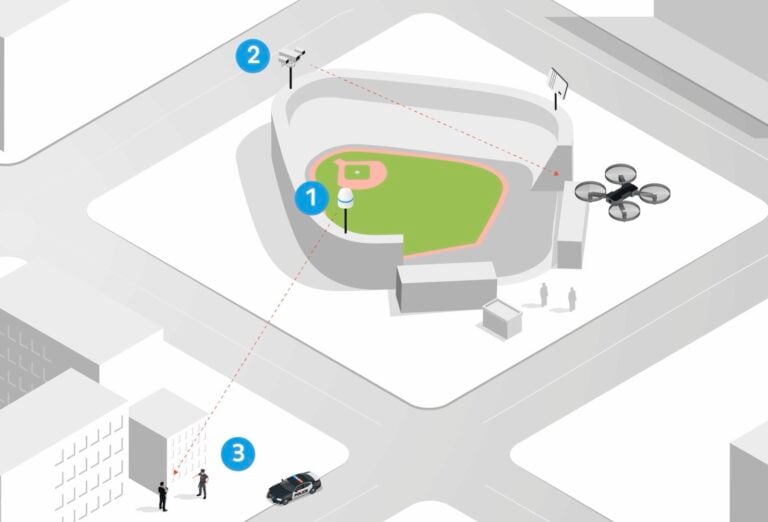


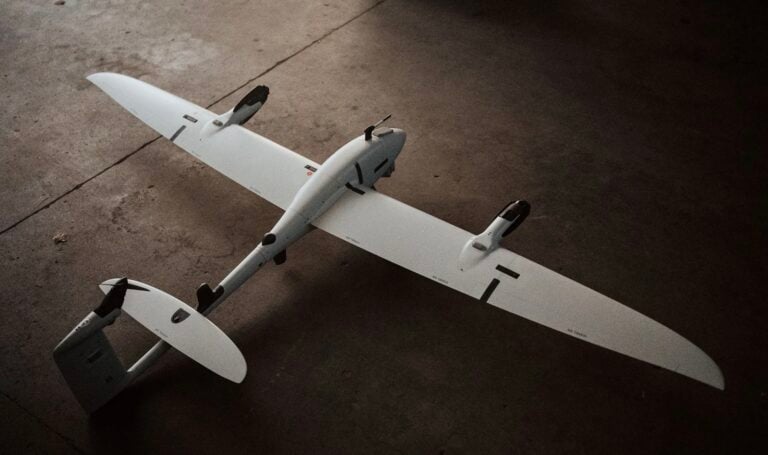
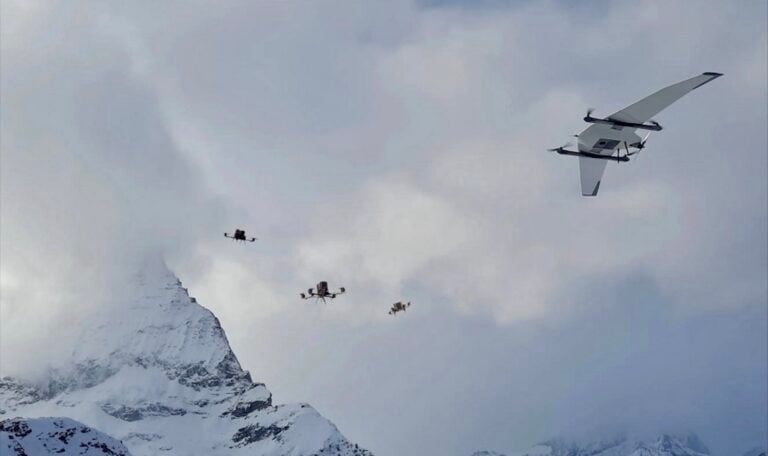
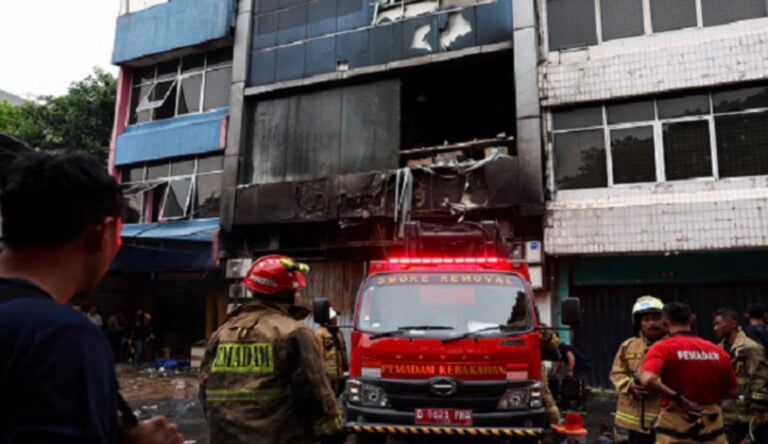
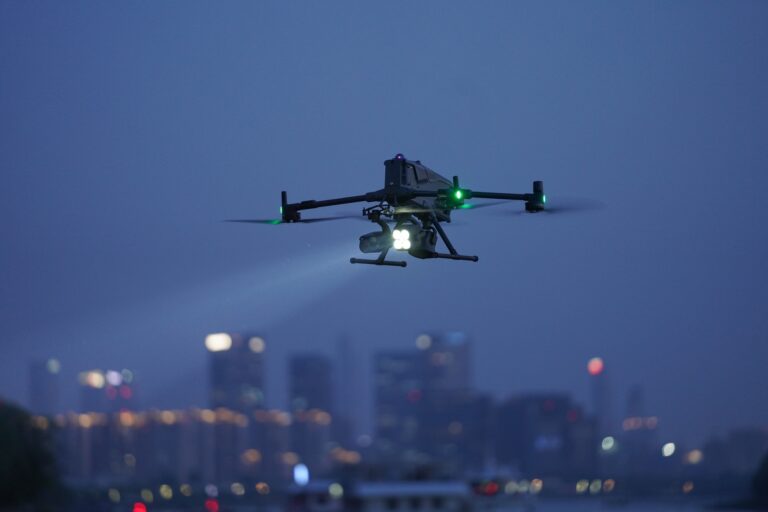
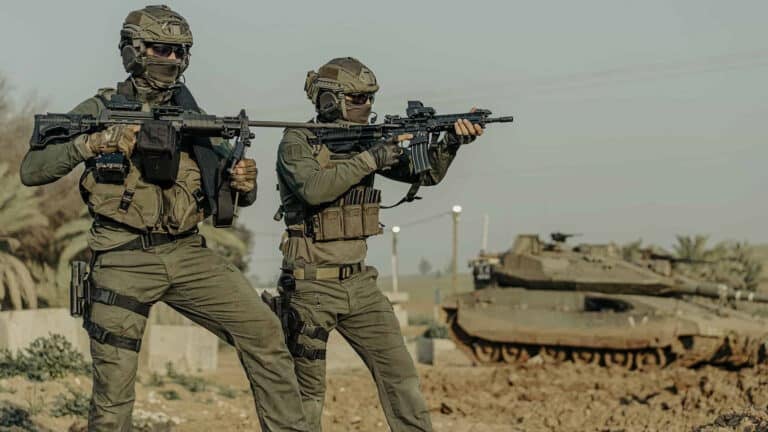





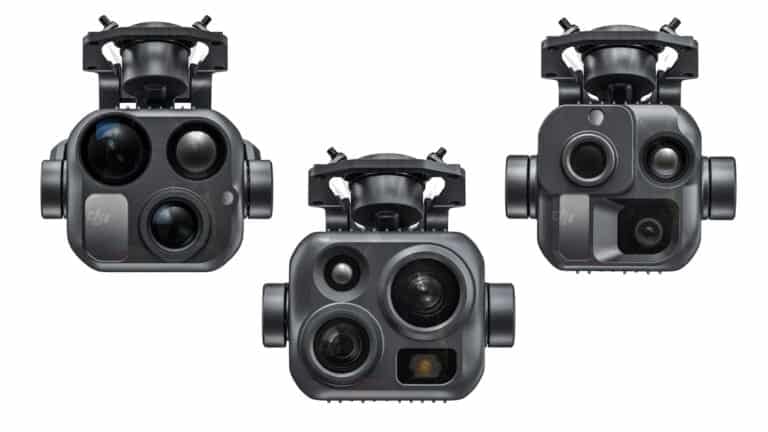
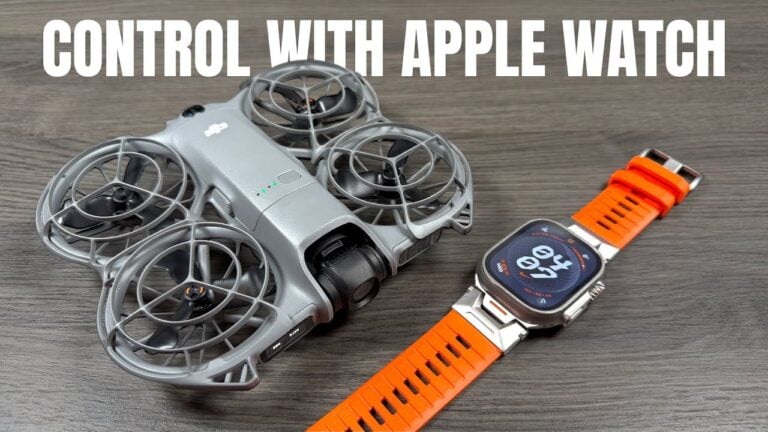
If the troops can build drones for $7-800 the commercial versions must be either paying their people a lot of money or their owners a lot of money. Which do you think is the case? Good job by the troops and their leaders for giving them the chance and means to accomplish the mission.
NATO 155mm howitzer shells fired by Ukraine are $5k a piece. Artillery practices all the time. Why can’t foot soldiers, the base of all boots on ground operations and what every support unit is assigned to..support, have a $2500 drone? I shot 8 anti tank missiles at $5-8k a piece in a Marine non combat role as my primary MOS and the Army infantry fired them outside soldiera MOS. Mortar men were foring them in training! $2500 is about 30 seconds of .50 cal firing.